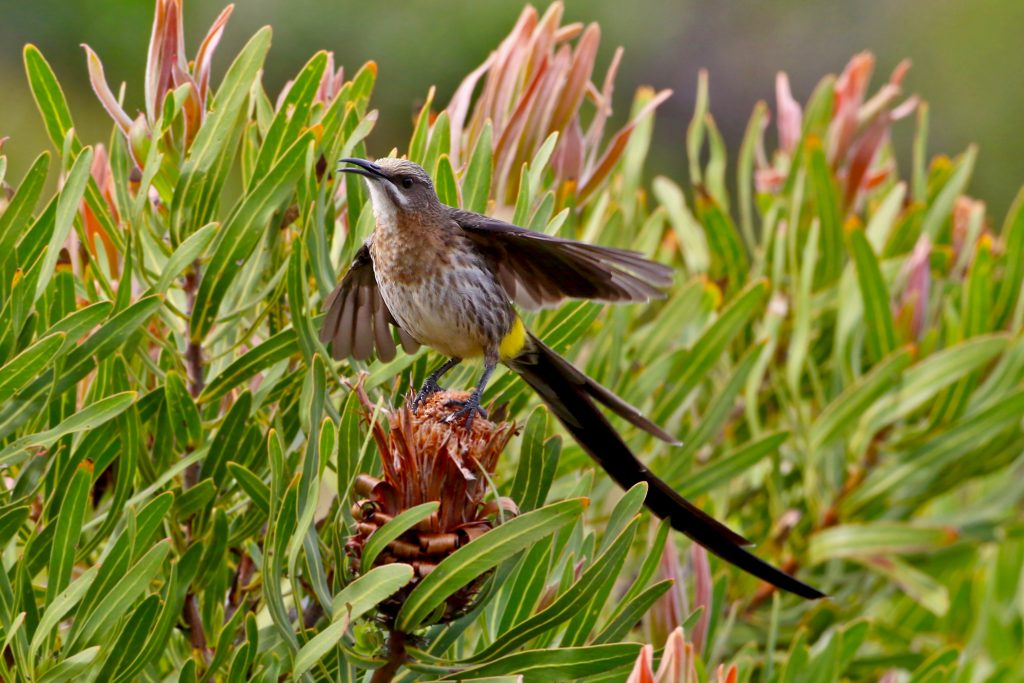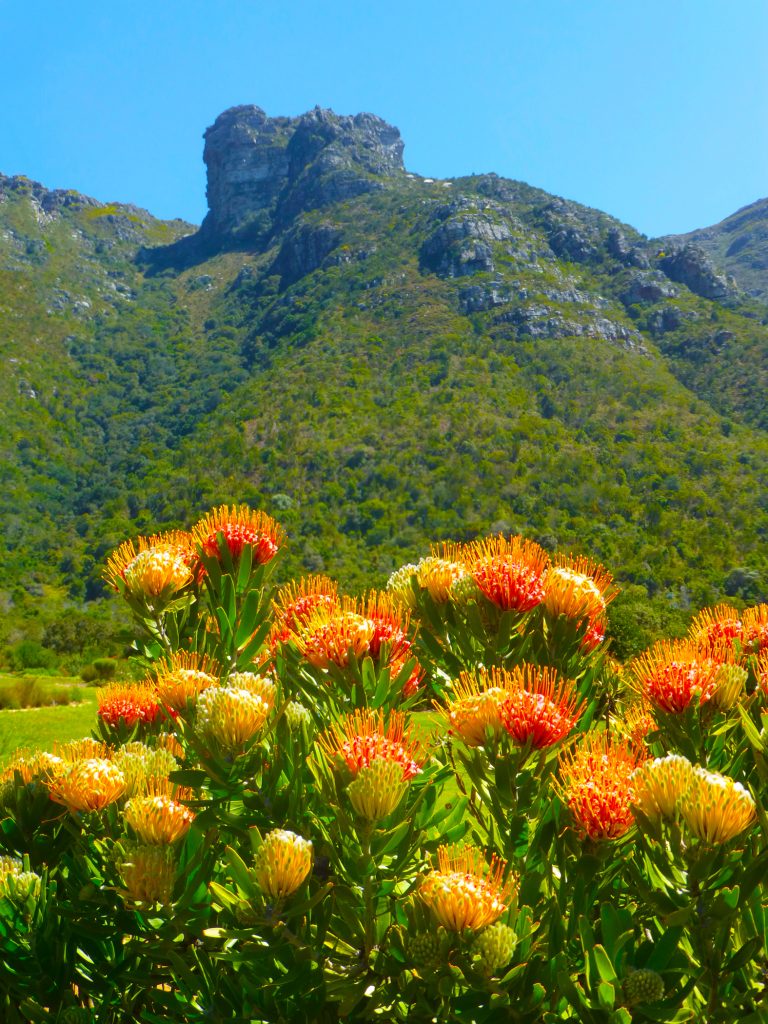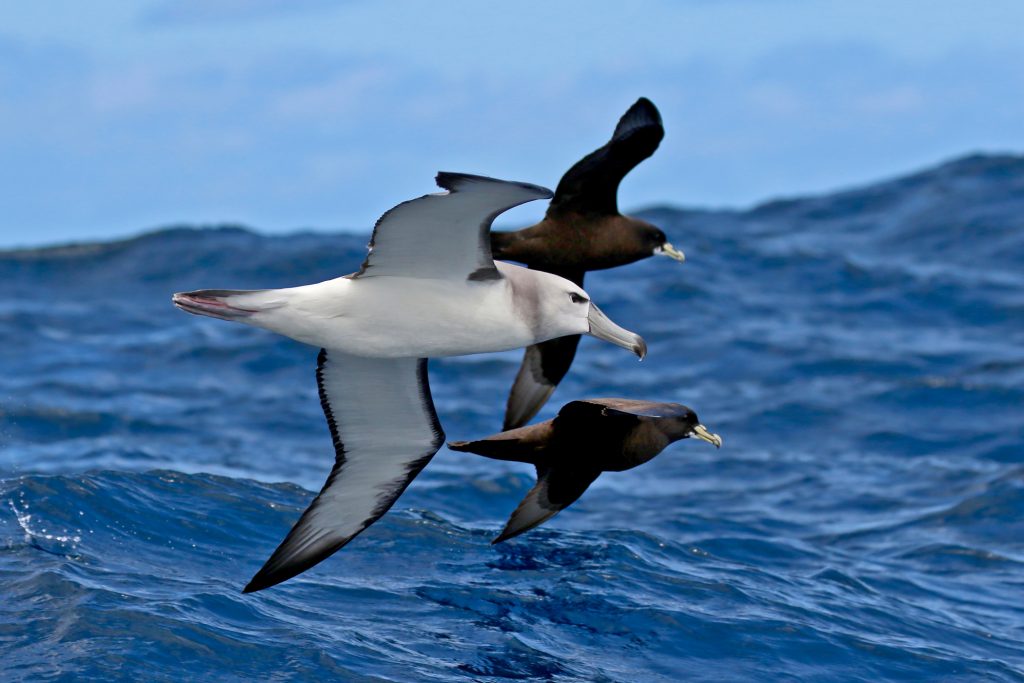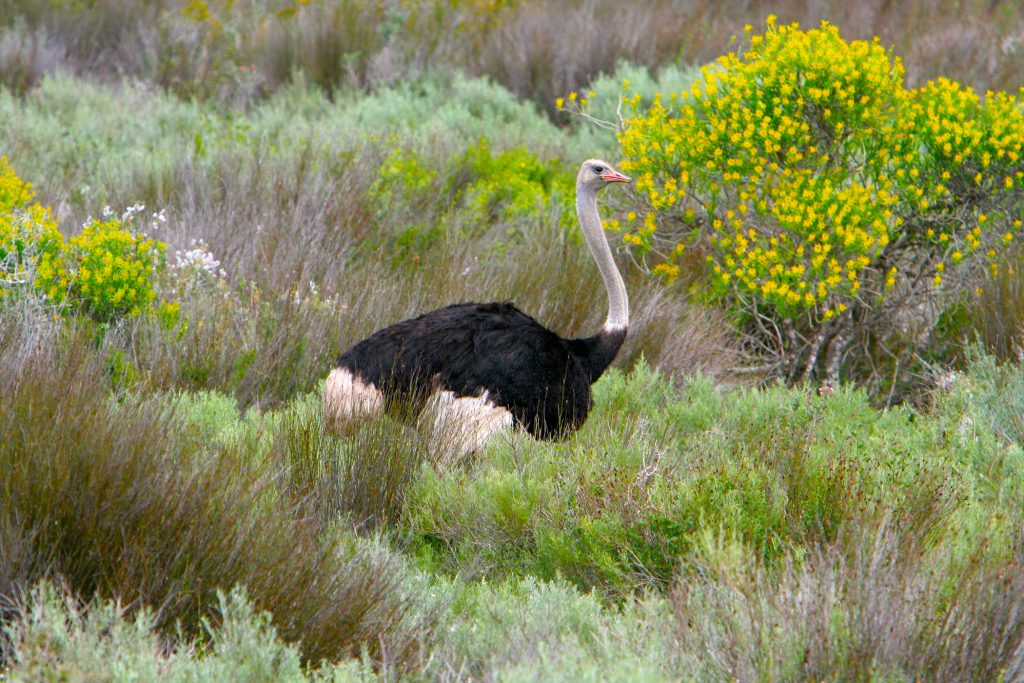Cape Town & Western Cape District
Cape Town & Western Cape District
The Mother City, Cape Town, widely considered one of the world’s most beautiful cities, will be our base as we explore the Western Cape District’s varied ecosystems and the Northern Cape’s vast wilderness and arid Great Karoo. Time will be spent exploring the breathtaking Cape Peninsula, the succulent Karoo, flower laden West Coast and teeming nearshore waters.
We’ll explore the Western Cape’s verdant mountains, passes and valleys looking for Ground Woodpecker, Knysna Warbler, Cape Grassbird, Orange-breasted Sunbirds and Cape Siskin. We’ll visit the world-famous Kirstenbosch Botanical Gardens amidst the shadows of Table Mountain.
The gardens are not just a wonderful place for plants, but also very good for a superb sampling of South Africa’s birds. Resident Spotted Eagle Owls can usually be found on a daytime roost, Cape Batis and Forest Canaries feed on the colorful grounds and Cape Sugarbirds, Cape White Eyes and Lesser Double-collared Sunbirds buzz around the massive plantings of native flowers. All the while, Sombre Greenbuls call loudly from the undergrowth, Black Saw-wings pass overhead and there’s always a good chance of seeing a majestic Black Eagle or Red-breasted Sparrowhawk soaring along the slopes of Table Mountain.
To the East and South, we’ll travel the length of False Bay, visiting areas famed for close views of Southern Right Whales. We’ll search rocky slopes above scenic shores for Cape Rockjumper and the shy Victorin’s Warbler. The well known Strandfontein Sewage Farm should produce close encounters with Greater Flamingo, Glossy Ibis, Pied Avocet an impressive array of waterfowl including Southern Pochard and Maccoa Duck. We’ll also visit a scenic African Penguin colony and, somehow, we’ll fit in a visit to the Cape of Good Hope.
The cold upwelling of the Benguela current off Cape Town supports a wealth of pelagic seabirds, with vast concentrations of albatrosses, petrels, shearwaters and prions gathering in the deeper water at the edge of the continental shelf. September/October is a particularly good time of year as over-wintering birds from the Subantarctic are still present and several rare passage migrants such as Black-bellied Storm Petrel could be moving through. We hope that conditions allow us to partake of this amazing experience on a day-long off-shore journey.
Weather and ocean conditions off the Cape are extremely unpredictable, so our daily schedule will remain flexible to optimize our birding opportunities on land and sea.
To the west of Cape Town lies the small town of Langebaan. It sits at the head of an enormous, strikingly aquamarine inlet forming the spectacular West Coast Nature Reserve. We’ll visit the reserve searching for dapper Black Harriers quartering across flower-strewn coastal fynbos and spend time searching through the flocks of shorebirds that make this huge natural lagoon their winter home. In addition to the many migrant shorebirds from the North, we should also find such residents as White-fronted and Kittlitz’s Plovers; with luck, we may also encounter the scarce Chestnut-banded Plover. At the edges of the small pools we’ll find nesting Cape Weavers and vivid Southern Red Bishops, while Southern Black Korhaans and Cape Francolins can frequently be found along the roadside. Among such spectacular birds, resident Ostriches often have to accept second billing.
Leader: Kim Risen & Rick Bowers
| Intro | Itinerary | Tour Pricing and Information | Gallery | Birdlist | Registration |





